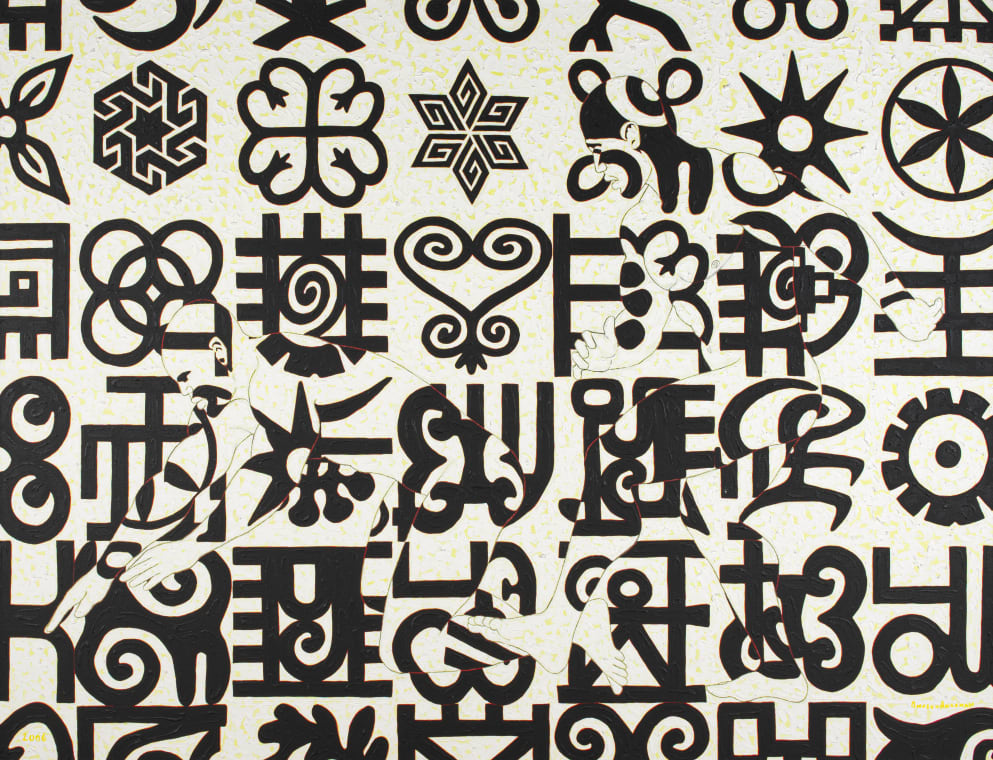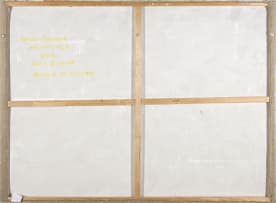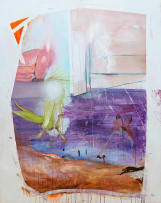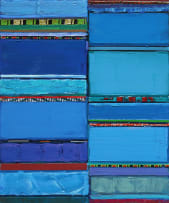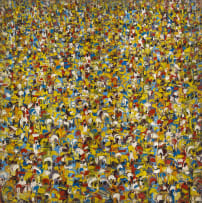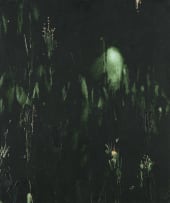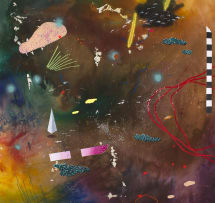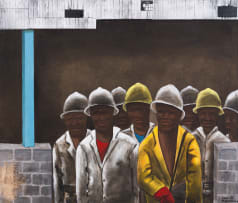Curatorial Voices: African Landscapes, Past and Present
Live Virtual Auction, 19 February 2024
Curatorial Voices: African Landscapes, Past and Present
About the SessionFrom Thomas Baines to Jake Aikman, Curatorial Voices: African Landscapes, Past and Present will showcase art by pioneering modernist and trailblazing contemporary artists, spanning 175 years of visual landscape painting on the African continent. This comprehensive auction reveals a nuanced understanding of the diverse cultural, historical, and environmental contexts that have shaped artistic representations of the landscape. Through an examination of various themes, the auction seeks to engage viewers in a dialogue that transcends time and space, connecting past representations to contemporary perspectives. The auction attempts to engage with the diversity of artists that have shaped and continue to shape the depiction of Africa through time.
The auction invites viewers on a captivating journey through the artistic expressions that mirror the multifaceted nature of African terrain. Through meticulous curation and insightful analysis, the catalogue aspires to be a valuable resource for scholars, art enthusiasts and anyone eager to embark on a thought-provoking exploration of Africa’s rich and complex artistic heritage.
Curatorial Voices
Recognising the dynamic discourse surrounding African Landscape, both past and present, the auction features texts by invited contemporary curators responding to the auction selection and themes. As external voices, they provide critical insights into the complexities of the landscape theme. By amplifying these contemporary perspectives, the exhibition seeks to bridge the gap between traditional representations and the ever-evolving discourse on the role of African art within the global art market.
Azza Satti, Independent Curator, Kenya
Azu Nwagbogu, Founder and Director of the African Artists’ Foundation (AAF), Nigeria
Camilla van Hoogstraten, Head of Sales, Latitudes Online
Ugoma Ebilah, Curator, Gallerist & Founder of Bloom Art
Nkgopoleng Moloi, Independent Curator, South Africa
Incl. Buyer's Premium & VAT
About this Item
signed; signed, dated 2006, inscribed with the title and medium on the reverse
Notes
The human figure is central to Owusu-Ankomah's much-admired practice. In his earlier work, which drew heavily on masquerade and African rock paintings, the artist floated his classically proportioned, archetypal male figures against undifferentiated grounds of blue. He later integrated these human presences into compositions featuring grid arrangements of signs, of which this lot is a representative example. The signs obscuring the two male figures in this composition are a mix of adinkra symbols commonly used in Ghanaian textile design and invented hieroglyphs. Works in this style have also incorporated German street signs, Chinese pictographs and commercial logos.1 The outcome is a richly associative tapestry of invented forms and cultural symbols that present as a remix rather than a transcript of African contemporaneity.
In 1986, after completing his art studies in Accra, Owusu-Ankomah settled in Bremen, Germany. His early exhibiting career was largely limited to Europe. In 1996, he participated in the Dak'Art Biennale, Senegal, heralding a period of diverse engagement that included having a 1997 work acquired for the MTN Art Collection - a key moment in the history of post-apartheid corporate art collections. The present lot forms part of a large, internationally heralded series of works initiated circa 1995 that share the title, Movement. Other notable works in this style include Movement 34 and 36 (both 2004), shown in A Fiction of Authenticity: Contemporary Africa Abroad (2003-04), and Movement 35 and 39 (both 2002), which appeared in the globe-hopping exhibition Africa Remix (2004-07).
The numbering of the Movement series is jumbled and of less importance than the consistency of the artist's depiction of translucent male figures set within rhythmic grids of symbols. This work formed part of a trio of paintings (Movement I-III) exhibited at Stevenson in 2006. The exhibition drew together a cohort of now-celebrated artists with African connections living elsewhere in the world - among them Julie Mehretu - who, as a matter of course, negotiates "their relative distance and closeness to the continent".2 It is a negotiation familiar to Owusu-Ankomah, who maintains strong links with Ghana. "We are tormented by movement," he has said. "To move is to strive for perfection. Music, dance and sports are an expression of the dynamics of movements. The human has been on the move at all times."3
1.Hallie Ringle (2010) Exploring Identity: The Art of El Anatsui and Kwesi Owusu-Ankomah, unpublished honours thesis, University of North Carolina at Chapel Hill, page 6.
2. Michael Stevenson & Joost Bosland (2006) Distant Relatives/ Relative Distance, Cape Town: Michael Stevenson, page 12.
3. Ibid., page 30.
Provenance
Stevenson, Cape Town, June 2006.
Private Collection.
Exhibited
Stevenson, Cape Town, Distant Relatives/Relative Distance, 7 June to 5 August 2006.
Standard Bank Gallery, Johannesburg, Distant Relatives/Relative Distance, 1 November to 2 December 2006.
Literature
Michael Stevenson and Joost Bosland (2006) Distant Relatives/ Relative Distance, Cape Town, Stevenson, illustrated on pages 3, 33 and 35.
